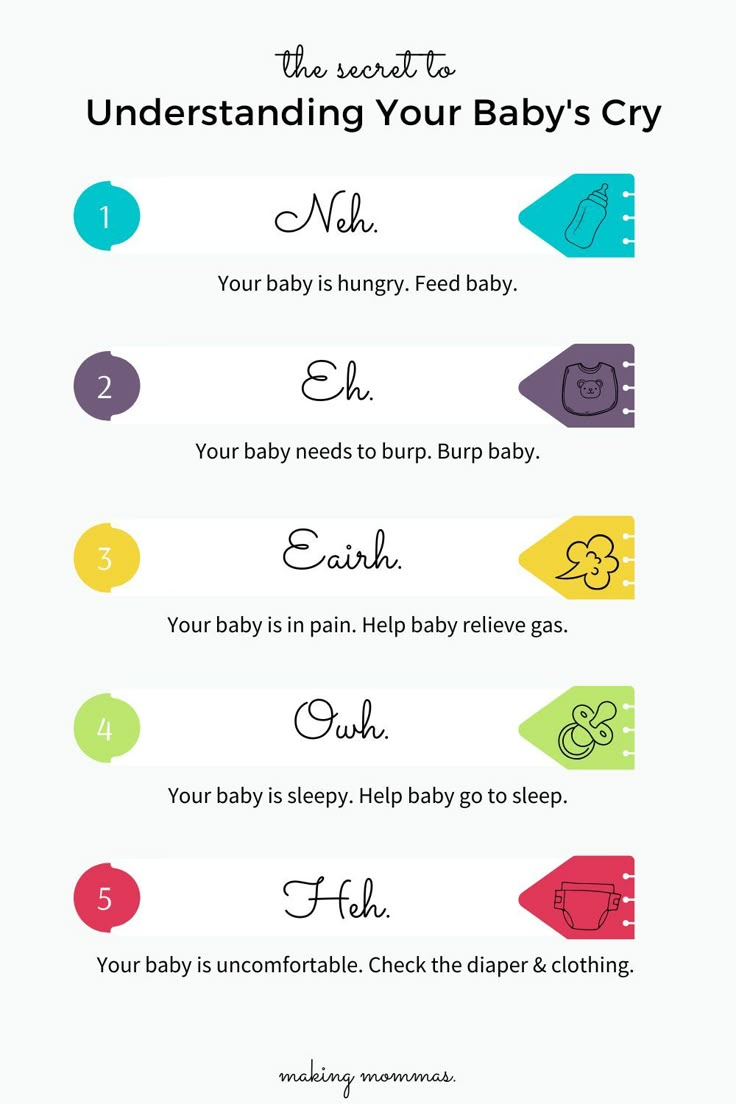Different Baby Cries And What They Mean
Have you ever found yourself feeling overwhelmed and confused by your baby’s cries? Understanding the different types of cries your baby makes can help you decode what they are trying to communicate. In this article, we will explore the various types of baby cries and what they mean, providing you with valuable insights into your little one’s needs.
Knowledge
One of the most common types of baby cries is the hunger cry. This cry is usually short, low-pitched, and repetitive. Your baby may also suck on their hands or make rooting movements with their mouth. When you hear this cry, it’s a clear sign that your baby is hungry and needs to be fed.
The pain cry is distinct from other cries as it is usually sharp, high-pitched, and intense. Your baby may also clench their fists, arch their back, or have a tense body. This cry indicates that your baby is in discomfort or pain and requires your attention to address the issue.
When your baby is feeling uncomfortable, they may produce a fussy, whiny cry. This cry is often accompanied by squirming, kicking, or pulling at their clothes. Your baby could be too hot, too cold, have a wet diaper, or simply be in need of a cuddle. Responding to this cry promptly can help soothe your baby’s discomfort.
As babies become tired, they may exhibit a sleepy cry. This cry is usually soft, rhythmic, and accompanied by yawning or rubbing their eyes. If you notice these signs, it’s time to help your baby wind down and prepare for sleep.
When your baby is overwhelmed by too much noise, light, or activity, they may cry to signal that they are overstimulated. This cry is often frantic, erratic, and difficult to soothe. To help your baby calm down, move them to a quiet, dimly lit space and provide gentle reassurance.
Some babies cry simply to grab your attention. This cry is usually whiny, persistent, and stops once they have your focus. By responding to your baby’s need for interaction and bonding, you can help strengthen your emotional connection.
Conclusion
Understanding the different baby cries and what they mean can empower you as a parent to respond effectively to your baby’s needs. By tuning in to your baby’s cues and responding with care and compassion, you can build a strong bond and create a nurturing environment for your little one.
In conclusion, this article provides a comprehensive overview of the various types of baby cries and their meanings. It equips you with the knowledge and insights necessary to decipher your baby’s cries and meet their needs promptly and lovingly.
For new parents, caregivers, or anyone looking to deepen their understanding of baby communication, this article serves as a valuable resource. By recognizing and responding to your baby’s cries, you can foster a sense of security, trust, and comfort in your relationship.






